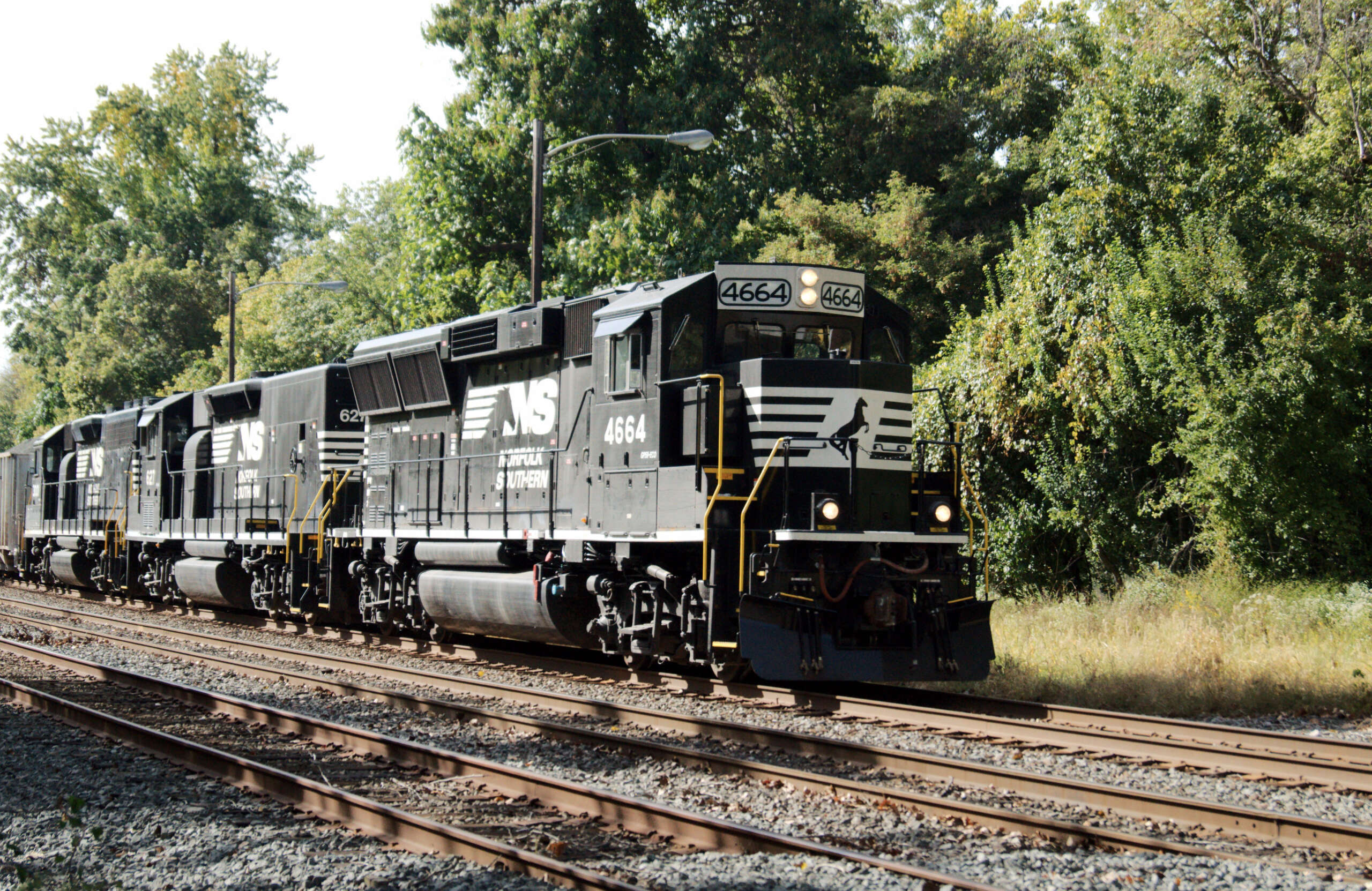Railroad Workers: Do You Know Your Rights?
The development of railroads during the Industrial Revolution played an important part in the growth and expansion of the United States, which at that time, was a relatively young country. Arguably, one of the most important inventions was the steam engine, which powered locomotives that revolutionized transportation and commerce during that time period.
Steam engines use large amounts of heat; using fire and water to create steam that allows for the wheels of the locomotive to turn. Asbestos was beginning to become a popular building material at the time; its heat -resistant qualities paired with its abundance and affordability, allowed the carcinogen to be an obvious choice when it came to construction and repair among the trains and railroads themselves.
Steam engines contained boilers, powered by what was called a “firebox.” The firebox was an area where the fuel burned which was then transferred through metal tubes that converted water into steam after being submerged into the boiler. Asbestos was used as an insulator in the boilers and fireboxes to protect the train from the extreme amounts of heat.
From the 1930s to the 1970s, asbestos played a major part in the manufacturing of train components and could have been used in pipes, valves, sealing cement, and gaskets. Brake pads, lining, and clutches contained asbestos and general wear and tear over time would cause the asbestos particles to become airborne.
From engineers, to yardmasters, to conductors to repairmen, most occupations within the railroad have a chance of asbestos exposure because of its widespread use. Railroad workers are not eligible for Workers’ Compensation, but have rights under the Federal Employers Liability Act. (FELA)
FELA
With the expansion of railroad use in the early 20th century came the increase of railroad injuries and in 1908 alone 281,645 employees were injured and approximately 12,000 were killed while on the job. That same year, FELA was enacted to protect and compensate railroad workers on the job.
However, unlike Workers’ Compensation, FELA is a not a fault-based system, so injured workers must be able to prove negligence, based upon the following:
- Employee Negligence
- Agent or Contractor Negligence
- Faulty equipment
The railroad worker has the right to sue for damages if the worker is found to not be 100% at fault and damages, which are decided by juries, can be awarded based upon lost wages, medical costs, etc.
Negative health affects due to asbestos exposure among the railroad dates back to the early 20thcentury, but it wasn’t until decades later that railroad companies admitted knowledge of these hazards. If you are suffering from asbestos -related disease such as lung cancer, mesothelioma, or asbestosis, contact the attorneys at Goldberg, Persky & White, P.C. We’re familiar with the certain occupations, industries, and locations of where you may have been exposed to asbestos, especially railroads. We can help you piece together you asbestos exposure history to receive the compensation you deserve.
List of Railroads with Known Asbestos Exposure



